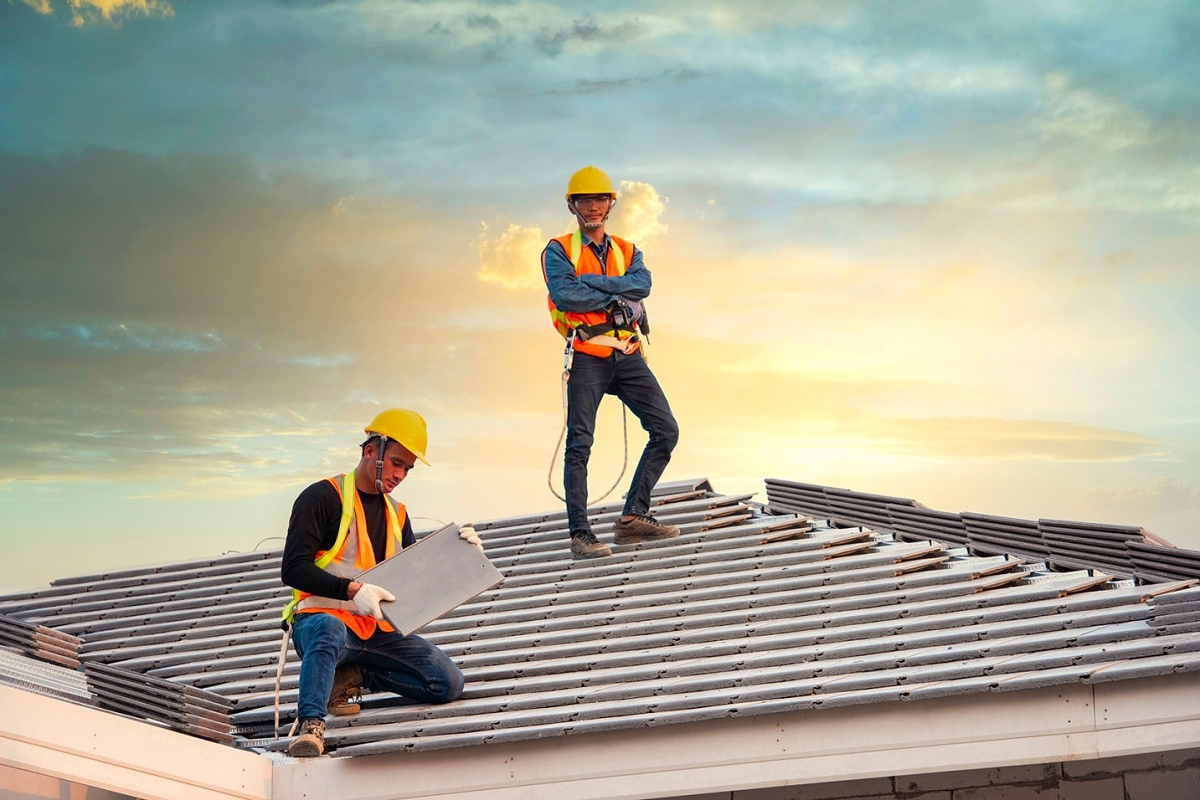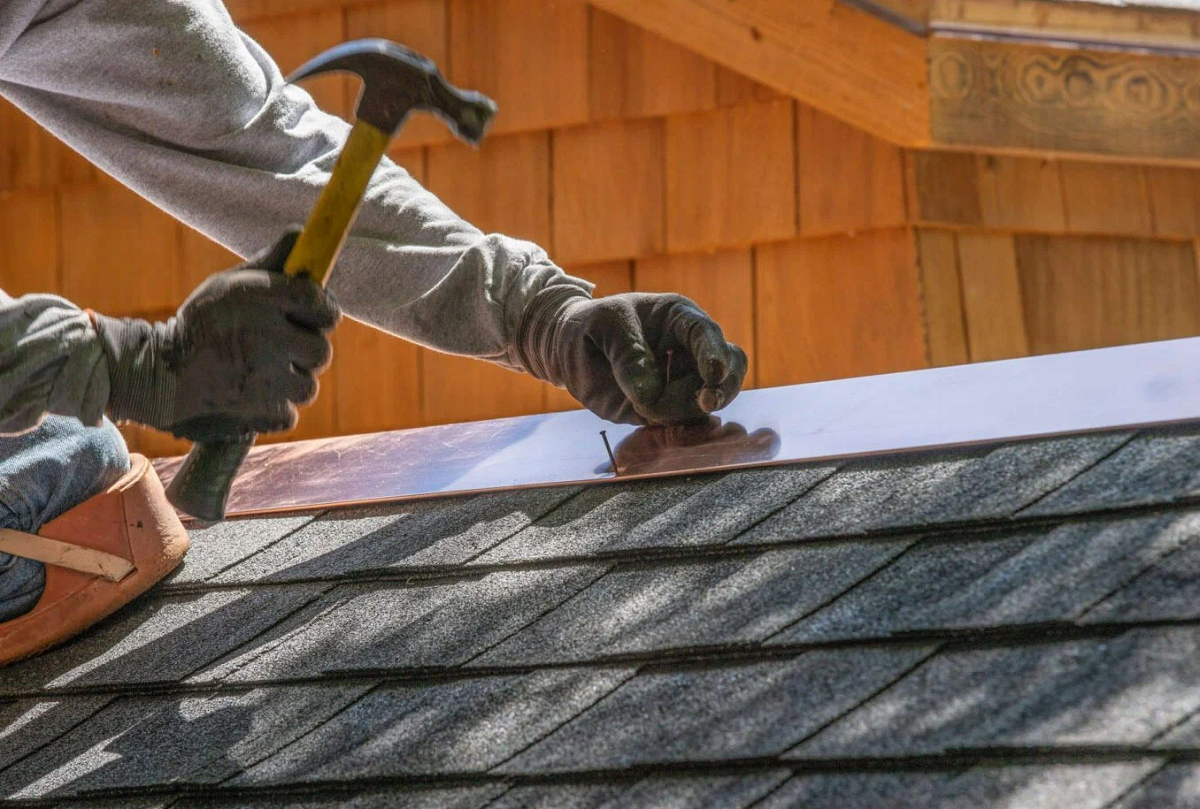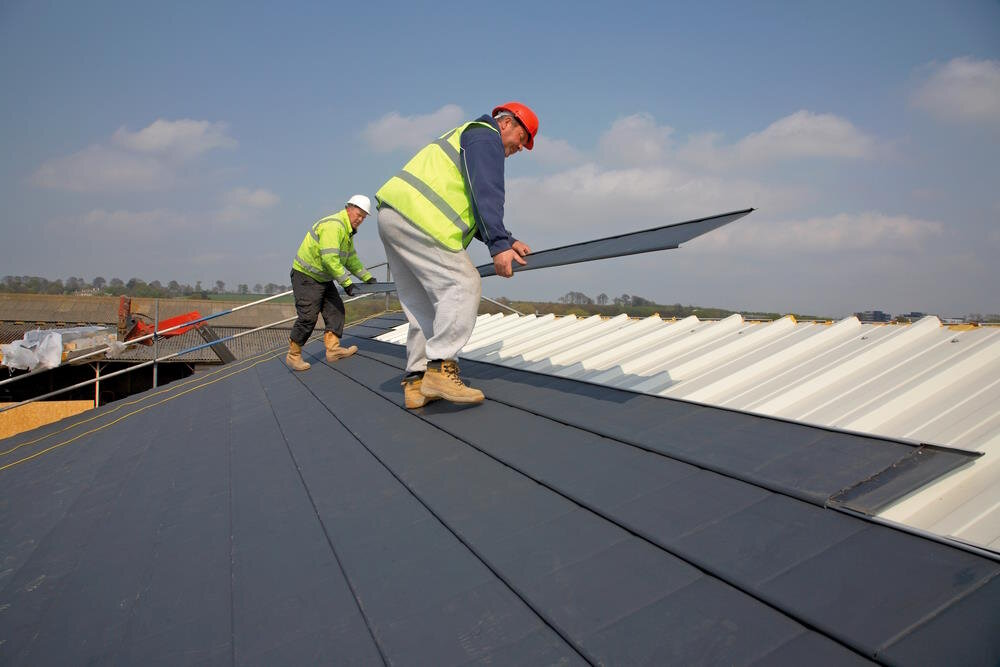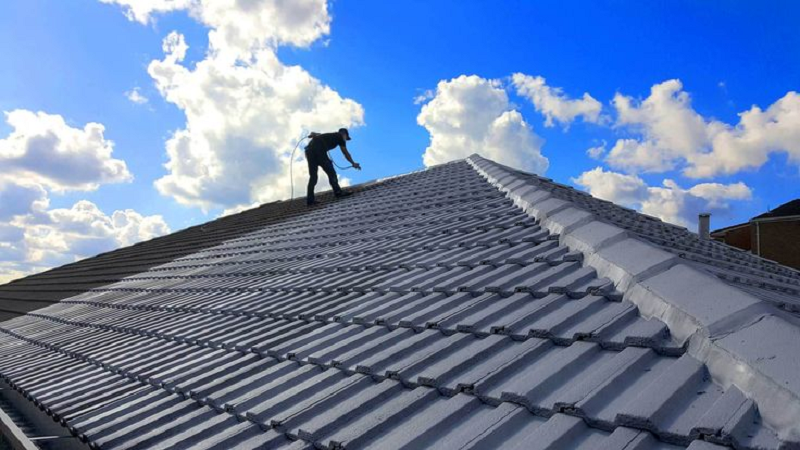Roofing Material Comparison: Tile vs. Slate Roofing

When it comes to roofing materials, homeowners are often faced with a plethora of options, each boasting its own set of advantages and considerations. Among the top contenders in the roofing material arena are tiles and slate. These two materials have long been revered for their durability, aesthetic appeal, and longevity.
However, deciding between tile and slate roofing can be a challenging task, as both offer distinct characteristics and benefits. In this comprehensive comparison, we delve into the nuances of tile and slate roofing, exploring their differences in terms of cost, durability, maintenance, and overall performance. By understanding the unique attributes of each material, homeowners can make an informed decision that aligns with their specific needs and preferences.
Material Composition
Tile roofing is typically made from clay or concrete, offering a sturdy and fire-resistant option for homeowners. Clay tiles are formed by baking molded clay, resulting in a durable and weather-resistant material. Concrete tiles, on the other hand, are composed of a mixture of sand, cement, and water, providing similar durability with a wider range of color options. Slate roofing, on the other hand, is crafted from natural stone, quarried and cut into precise shapes for installation.
This natural material boasts unparalleled elegance and durability, with each slate tile bearing unique variations in color and texture. Both tile and slate roofing materials are renowned for their strength and longevity, making them ideal choices for homeowners seeking lasting protection for their homes.
Cost Considerations
When contemplating roofing projects, understanding cost considerations is paramount to making informed decisions. Here are factors to consider:
- Material costs: Tile roofing typically incurs higher initial expenses compared to slate due to its manufacturing process and variety of options.
- Installation expenses: Slate roofing installations often require more labor and expertise, contributing to higher upfront costs.
- Long-term value: Despite higher initial investments, both tile and slate roofing offer excellent long-term value, with reduced maintenance and replacement costs over time.
- Maintenance requirements: Factor in ongoing maintenance expenses, including repairs, inspections, and cleaning, to ensure the longevity of your chosen roofing material.
- Return on investment: Consider how your roofing choice impacts property resale potential, as both tile and slate roofs can increase home value and attract buyers.
Durability and Longevity
When comparing the lifespan of tile versus slate roofing, both materials are renowned for their exceptional durability and longevity. Clay and concrete tiles can last anywhere from 50 to 100 years or more with proper maintenance, making them a wise choice for homeowners seeking a roofing solution that stands the test of time. Slate roofing, however, surpasses even the impressive longevity of tile, with some slate roofs lasting well over a century when properly cared for.
The natural stone composition of slate makes it highly resistant to weathering, fading, and degradation, ensuring that it maintains its structural integrity and aesthetic appeal for generations. While both tile and slate roofing materials require minimal maintenance, slate's unparalleled durability makes it an attractive option for homeowners seeking a truly long-term roofing solution.
Aesthetic Appeal
Aesthetic appeal is crucial for the value and appearance of your home, especially when it comes to roofing. Tile and slate roofing offer timeless elegance and sophistication, each with its unique charm. With diverse colors, textures, and styles, they enhance curb appeal and reflect personal style preferences, adding value to your property.
- Tile roofing offers a diverse range of colors and styles to suit various architectural designs.
- Slate roofing exudes sophistication and charm with its rich hues and distinctive textures.
- Both tile and slate roofing materials can be customized to reflect personal style preferences.
- Investing in aesthetically pleasing roofing materials enhances curb appeal and adds value to your home.
- Whether you prefer warm earthy tones or striking beauty, choosing the right roofing material can elevate the overall look and feel of your property.
Installation Process
The complexity and requirements for installing tile and slate roofing can vary depending on factors such as the type of material, roof design, and local building codes. Tile roofing typically involves laying individual tiles in overlapping rows, secured with nails or adhesive, and ensuring proper alignment and waterproofing to prevent leaks. The installation process for tile roofing can be labor-intensive and may require skilled professionals familiar with the intricacies of the material.
Slate roofing, similarly, requires meticulous attention to detail during installation due to the natural variations in size and thickness of slate tiles. Each slate tile must be carefully placed and secured to create a watertight barrier that withstands the elements. While both tile and slate roofing installations can be time-consuming and require specialized knowledge, the result is a durable and visually stunning roof that enhances the overall aesthetics and value of the home.
Maintenance Requirements
Maintaining your roof is essential for its longevity and performance. Here are some key maintenance requirements to keep in mind:
- Regular Inspections: Schedule routine inspections to identify any signs of damage or wear early on, allowing for timely repairs and preventing more extensive issues.
- Cleaning: Keep your roof clean by removing debris, such as leaves, branches, and dirt, which can trap moisture and promote the growth of algae or moss.
- Gutter Maintenance: Clean and inspect gutters regularly to ensure proper drainage and prevent water buildup, which can lead to roof leaks and water damage.
- Sealing and Repairs: Address any cracked or damaged tiles or shingles promptly to prevent water infiltration and structural damage. Additionally, seal any gaps or openings to maintain a watertight barrier.
- Professional Maintenance: Consider hiring a professional roofing contractor for thorough inspections and maintenance tasks, especially for complex issues or specialized materials.
Regular maintenance not only prolongs the lifespan of your roof but also helps maintain its appearance and structural integrity, ultimately saving you time and money in the long run.
Climate Suitability
Assessing how tile and slate perform in different weather conditions is essential for homeowners considering these roofing materials for their homes. Tile roofing is known for its excellent resistance to fire, wind, and hail, making it a popular choice in regions prone to extreme weather conditions. Additionally, the thermal mass of tile helps regulate indoor temperatures, keeping homes cooler in hot climates and reducing energy costs associated with air conditioning.
Slate roofing, with its natural resistance to moisture and frost, performs exceptionally well in cold and wet climates, where other roofing materials may deteriorate over time. The dense composition of slate also provides added insulation, helping to keep homes warm in winter and reducing heating costs. Whether in hot, dry climates or cold, wet regions, both tile and slate roofing materials offer reliable protection and performance, making them versatile options for homeowners across diverse climates.
Environmental Impact
Comparing the eco-friendliness of tile and slate roofing involves assessing factors like material sourcing, production methods, energy efficiency, and recyclability. Clay and concrete tiles are made from abundant natural resources like clay, sand, and cement, making them environmentally friendly.
Their durability and long lifespan reduce the need for frequent replacements, minimizing waste and conserving resources. Similarly, slate roofing boasts sustainability due to its natural composition and minimal environmental impact. Quarried with minimal processing, slate's longevity ensures fewer resources are consumed over its lifespan. Both tile and slate roofing offer durable and sustainable options, contributing to a greener environment for eco-conscious homeowners.
Insulation and Energy Efficiency
Determining the thermal performance of tile and slate roofing involves assessing their ability to regulate indoor temperatures and reduce energy consumption. Tile roofing's thermal mass absorbs and retains heat during the day, keeping homes cooler in hot climates and reducing the need for air conditioning. Slate roofing's dense composition offers excellent insulation, keeping homes warm in winter and lowering heating costs.
Both materials can be installed with underlayment and ventilation systems to further enhance energy efficiency by reducing heat transfer and moisture buildup. Choosing tile or slate roofing enables homeowners to enjoy improved comfort and energy savings year-round, making them appealing options for eco-conscious individuals aiming to reduce their carbon footprint and energy bills.
Resale Value
Investigating how tile and slate roofing impacts property resale potential is crucial for homeowners looking to maximize their return on investment. Both materials are highly desirable among homebuyers for their durability, aesthetics, and long-term value, often commanding higher prices and attracting more buyers compared to traditional asphalt shingle roofs.
The timeless elegance and durability of tile and slate roofing add curb appeal and prestige to properties, making them stand out in competitive real estate markets. With their long lifespan, homeowners can enjoy a high return on investment for years to come, enhancing the overall resale value of their properties. In summary, choosing tile or slate roofing can significantly increase the resale value of a home, appealing to discerning buyers seeking quality and sophistication.
In summary, choosing between tile and slate roofing involves considering various factors such as material composition, cost, durability, aesthetics, installation, maintenance, climate suitability, environmental impact, insulation, energy efficiency, and resale value. Tile roofing, made from clay or concrete, offers fire resistance and a range of colors, while slate roofing, crafted from natural stone, exudes elegance and durability.
Both options provide long-term value despite differing upfront costs. With proper maintenance, they withstand the elements and enhance property appeal. Whether for environmental consciousness, energy efficiency, or resale potential, both tile and slate roofing offer reliable protection and aesthetic charm, making them preferred choices for homeowners seeking enduring roofing solutions.
Don't let roofing concerns linger – contact Avalon Roofing Services today! With over 30 years of expertise serving Manteca, we're your trusted choice for professional roofing solutions. Accredited by the Better Business Bureau as an A+ roofing contractor, we prioritize quality, integrity, and customer satisfaction. Your roof isn't just a structure; it's an investment in your home and your family's safety. Whether you need repairs, replacements, or maintenance, our team is here to ensure your peace of mind. Reach out to us at contact@avalonroofing209.com or call our office number at (209) 380-1275. For after-hours emergencies, dial (209) 483-7593. Trust Avalon Roofing Services to protect what matters most – your home and your loved ones.










